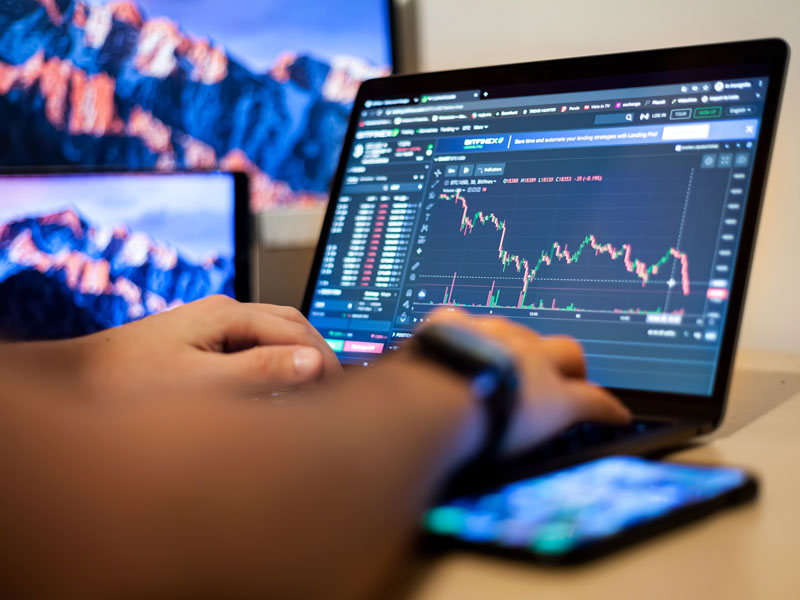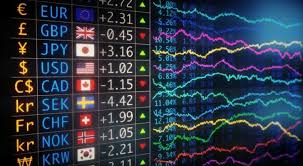
The Ultimate Guide to Forex Trading: Strategies, Tips, and Insights
In the fast-paced world of financial markets, forex trading stands out as one of the most dynamic and accessible forms of trading available today. With an average daily trading volume exceeding $6 trillion, the forex market operates 24 hours a day, offering traders an array of opportunities to buy and sell currency pairs. In this guide, we will delve into the essentials of forex trading, covering everything from basic concepts to advanced strategies that can help traders gain an edge. For those looking to start their forex journey, one valuable resource to consider is forex trading acev.io, which provides useful tools and information for traders at all levels.
Understanding the Forex Market
The forex market, short for foreign exchange, is where currencies are traded. Unlike stock exchanges, which have physical locations, the forex market is a decentralized global market that operates through a network of banks, brokers, and financial institutions. Traders exchange currency pairs, which consist of a base currency and a quote currency. For example, in the EUR/USD pair, the euro is the base currency, while the US dollar is the quote currency. Forex trading is characterized by its high liquidity and volatility, making it an enticing option for both novice and experienced traders.
Key Players in the Forex Market
The forex market comprises various participants, each playing a distinct role:
- Central Banks: These institutions control national monetary policies and intervene in the forex market to stabilize or influence their currency values.
- Commercial Banks: Major commercial banks facilitate forex transactions for clients and conduct their trading operations.
- Hedge Funds and Investment Firms: These entities engage in large-scale trading, often leveraging complex strategies to achieve significant profits.
- Retail Traders: Individual traders who speculate on currency price movements and actively participate in forex trading.
Types of Forex Trading Styles
Traders employ various styles based on their goals, time commitment, and risk tolerance. The main trading styles include:
- Scalping: A strategy that involves making rapid trades to capture small price movements. Scalpers often hold positions for just a few seconds or minutes.
- Day Trading: Similar to scalping, day traders open and close positions within the same trading day, avoiding overnight risks.
- Swing Trading: This style focuses on capturing larger price swings over several days or weeks, allowing traders to benefit from medium-term trends.
- Position Trading: Position traders hold trades for the long term, often based on fundamental analysis, economic indicators, and market trends.
Fundamental Analysis in Forex Trading
Fundamental analysis involves evaluating the economic factors that influence currency values. Traders using this approach analyze data such as:
- Gross Domestic Product (GDP) growth rates
- Interest rates and monetary policy
- Inflation rates
- Employment statistics
- Cultural and political events affecting currency sentiment

A keen understanding of these factors can help traders make informed decisions about when to enter or exit trades. For instance, a robust economic report may strengthen a currency, while a political crisis can lead to increased volatility and potential declines in currency value.
Technical Analysis in Forex Trading
Technical analysis involves studying historical price movements and using charts to predict future market behavior. Traders employing this strategy utilize a variety of indicators and tools, such as:
- Moving Averages: Indicators that smooth out price action to identify trends over time.
- Relative Strength Index (RSI): A momentum oscillator that measures the speed and change of price movements, helping traders identify overbought or oversold conditions.
- Fibonacci Retracement Levels: Horizontal lines that indicate potential areas of support or resistance based on the Fibonacci sequence.
- Bollinger Bands: A volatility indicator that consists of a middle band and two outer bands to gauge market volatility.
Risk Management in Forex Trading
Effective risk management is crucial for long-term success in forex trading. Traders should employ strategies such as:
- Setting Stop-Loss Orders: Automatically closing a position at a predetermined price level to limit potential losses.
- Using Proper Position Sizing: Adjusting the size of trades based on account balance and risk tolerance to prevent significant drawdowns.
- Diversifying Trades: Spreading investment across different currency pairs to reduce risk exposure.
- Avoiding Overleveraging: Using leverage responsibly to enhance potential returns while mitigating the risk of significant losses.
The Role of a Trading Plan
A well-defined trading plan outlines a trader’s strategy, entry and exit rules, risk management techniques, and performance evaluation criteria. Key components of a trading plan include:
- Goals and objectives, such as profit targets or specific trading styles
- Market analysis methods (fundamental and technical)
- Risk tolerance and money management strategies
- Criteria for entering and exiting trades
- A journaling system to track performance and improve strategies
Sticking to a trading plan can help traders remain disciplined, avoid emotional decision-making, and assess their performance over time.
Conclusion
Forex trading is a dynamic and exciting opportunity for individuals and institutions to participate in the global economy. By understanding the market, employing effective strategies, and managing risk, traders can position themselves for success. Whether you’re a beginner or an experienced trader, continuous education and practice are key components of a successful trading journey. Remember, resources like acev.io can provide valuable tools for enhancing your trading skills. Stay informed, be disciplined, and may your trading endeavors be profitable!
